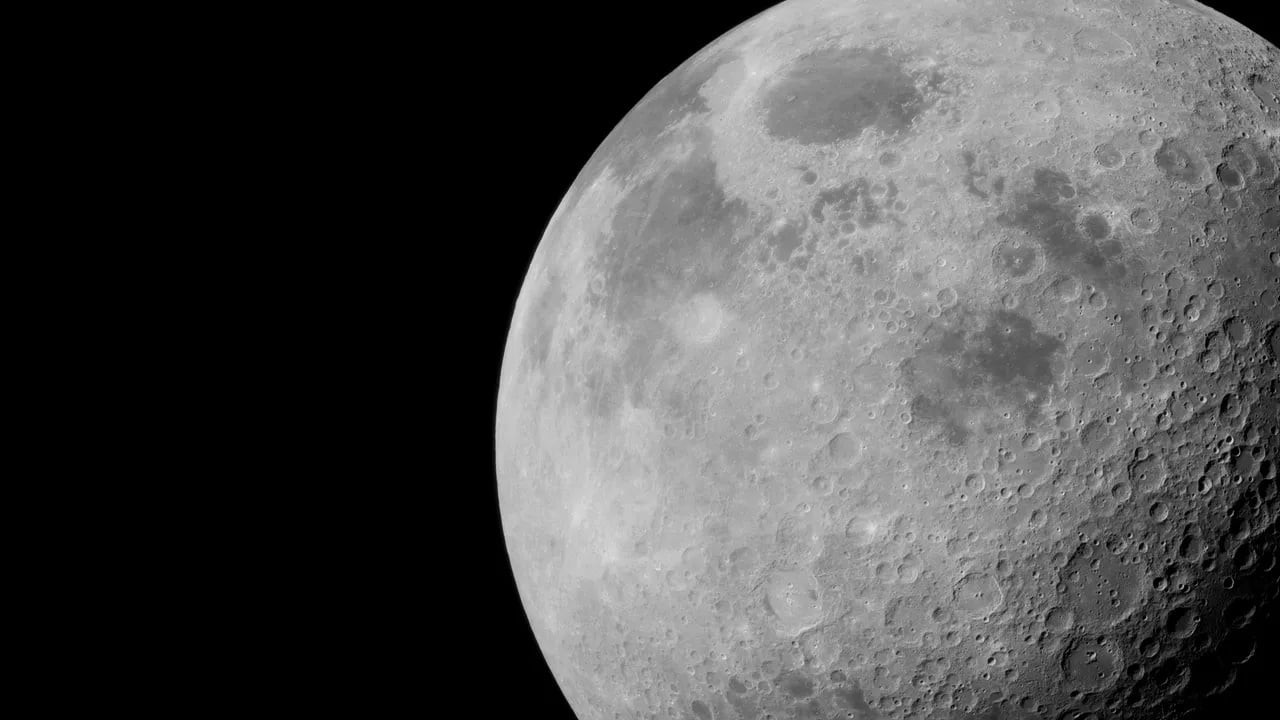The general consensus is that Theia crashed into Earth billions of years ago and led to the formation of the Moon. The story doesn’t end there though since there are a few lines of evidence to suggest the Moon could have been captured by the gravitational pull of the Earth instead. The orbit of the Moon is one such observation that leads to a different conclusion for it’s in-line with the plane of the ecliptic rather than the Earth’s equator. A team of researchers have suggested capture theory was the Moon’s origin.
The Giant Impact Theory is by far the most widely accepted theory to explain the origin of the Moon. In the theory, Theia is thought to have crashed into the Earth 4.5 billion years ago. Following the catastrophic impact, debris from Earth and Theia was ejected out into space and, over time the material is thought to have coalesced to form the Moon. There is a lot of evidence to suggest this, such as the lunar composition which is very similar to the mantle of Earth.
The data collected from lunar soil samples from over 6 Apollo missions revealed calcium rich, basaltic rocks. The composition was identified by chemical and isotopic analysis and was dated at 60 million years after the formation of the Solar System. Using this information, planetary scientists concluded that, due to the similar with the Earth’s mantle, the Moon must have formed from the collision. That was back in 1984.
A new piece of research published in the Planetary Science Journal by Darren Williams from Penn State Behrend in Pennsylvania and Michael Zugger from the Applied Research Lab at Penn State proposes an alternative. They suggest that instead, the moon was captured during a close encounter between a young Earth and a terrestrial binary — the moon and another rocky object.


